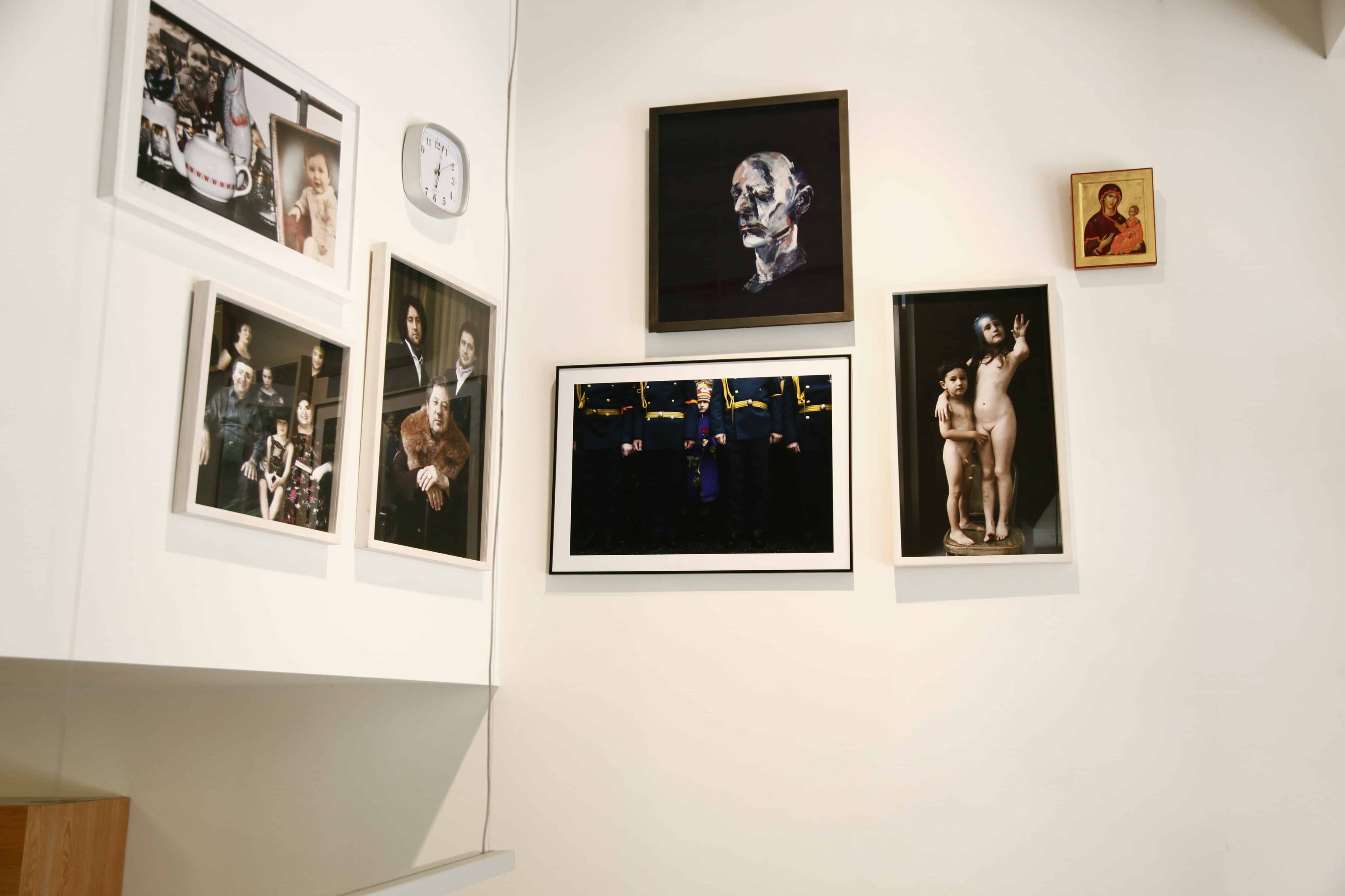
Born into a family of collectors, Serge Tiroche established the first art investment fund modeled on a private collection as well as START, Israel’s first artist incubator. START aims to assist artists, curators and collectors make their first steps in the art world and seeks to promote Israeli contemporary art internationally.
Collecteurs’ Evrim Oralkan in conversation with Serge Tiroche.
Evrim Oralkan: What does it mean to be a collector in the 21st century?
Serge Tiroche: A proper collector in the 21st century must be mobile, dedicated, thorough, creative and risk-happy. To me, there is no purpose of collecting staples and brand names. Explore, dare, design.
EO: How do you see the evolution of collecting? Where will it go from here?
ST: Unfortunately, collecting seems to be getting more and more commoditized and simplified into bite-size messages that appeal to the mass consumer and that can be reproduced endlessly to satisfy the demands of a global art market. This forces “true” collectors to take bigger bets and more focused approaches to unconventional/non-mainstream art. So [it is going in] two directions. Art is also an asset class—the investment value is undeniable and its importance will increase.
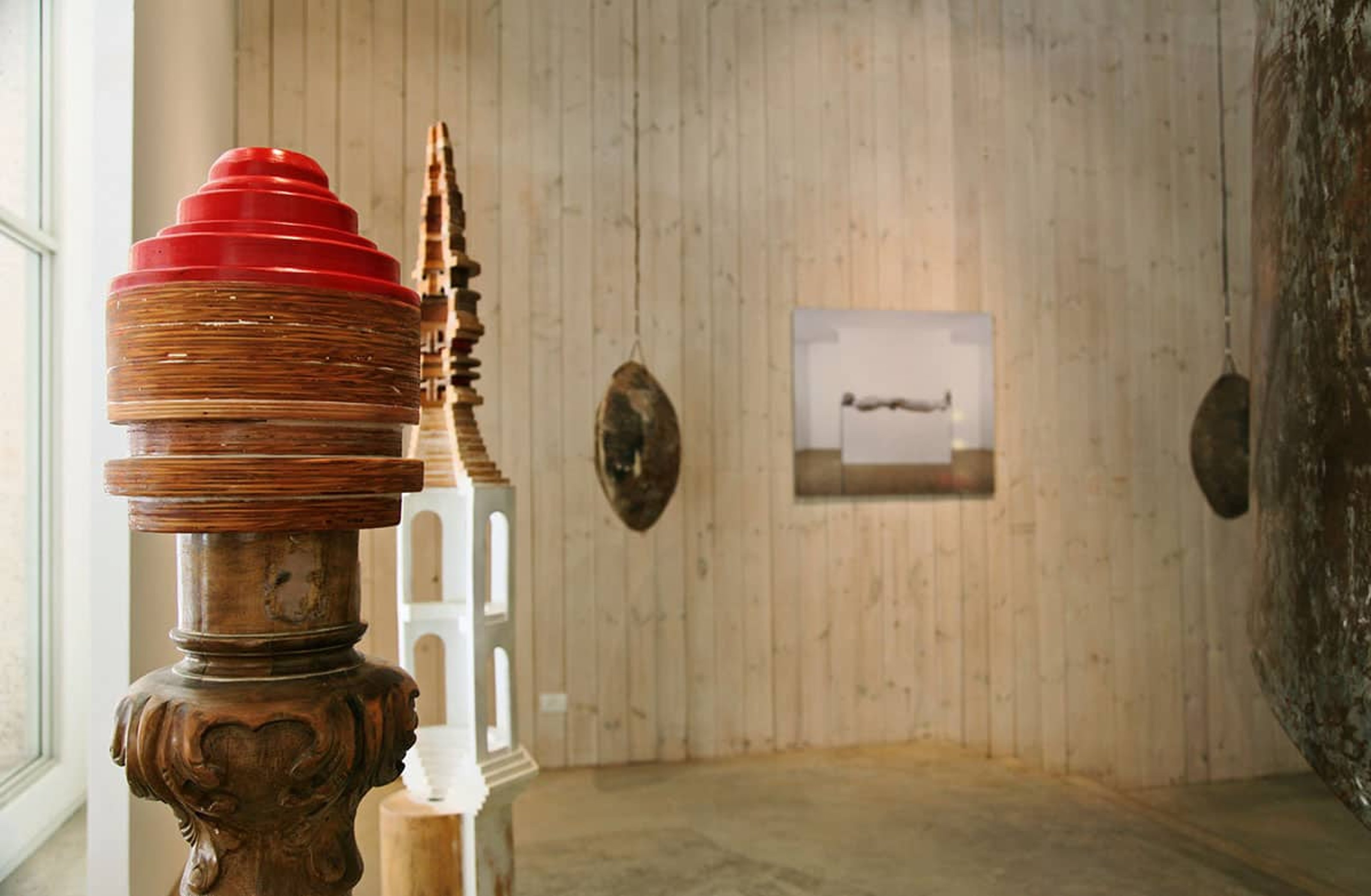
EO: What creative ways or methods of exhibiting have you explored so far?
ST: We’ve done the traditional, piecemeal lending to institutions around the world, but we’ve also collaborated with independent spaces and curators to produce exhibitions centered on works from the collection. We’ve helped museum curators by advising on themed exhibitions drawing numerous works from the collection. We’ve collaborated with a major fashion house in an haute couture exhibition in a chateau in Paris. We’re working with an art fair on an offsite exhibition drawn entirely from our collection. We have artist residencies culminating in solo exhibitions that we produce in various pop-up spaces. Additionally, everything we buy is visible on our website and we produce digital content to disseminate images of works in the collection.
EO: Do you think exhibitions will transition online in the future? What specifics do you see?
ST: Yes. Friends who are on the advisory board of our collection, Dominique & Sylvain Levy of the DSL Collection, are spearheading the transition to online and virtual exhibitions using advanced online technology and virtual reality.
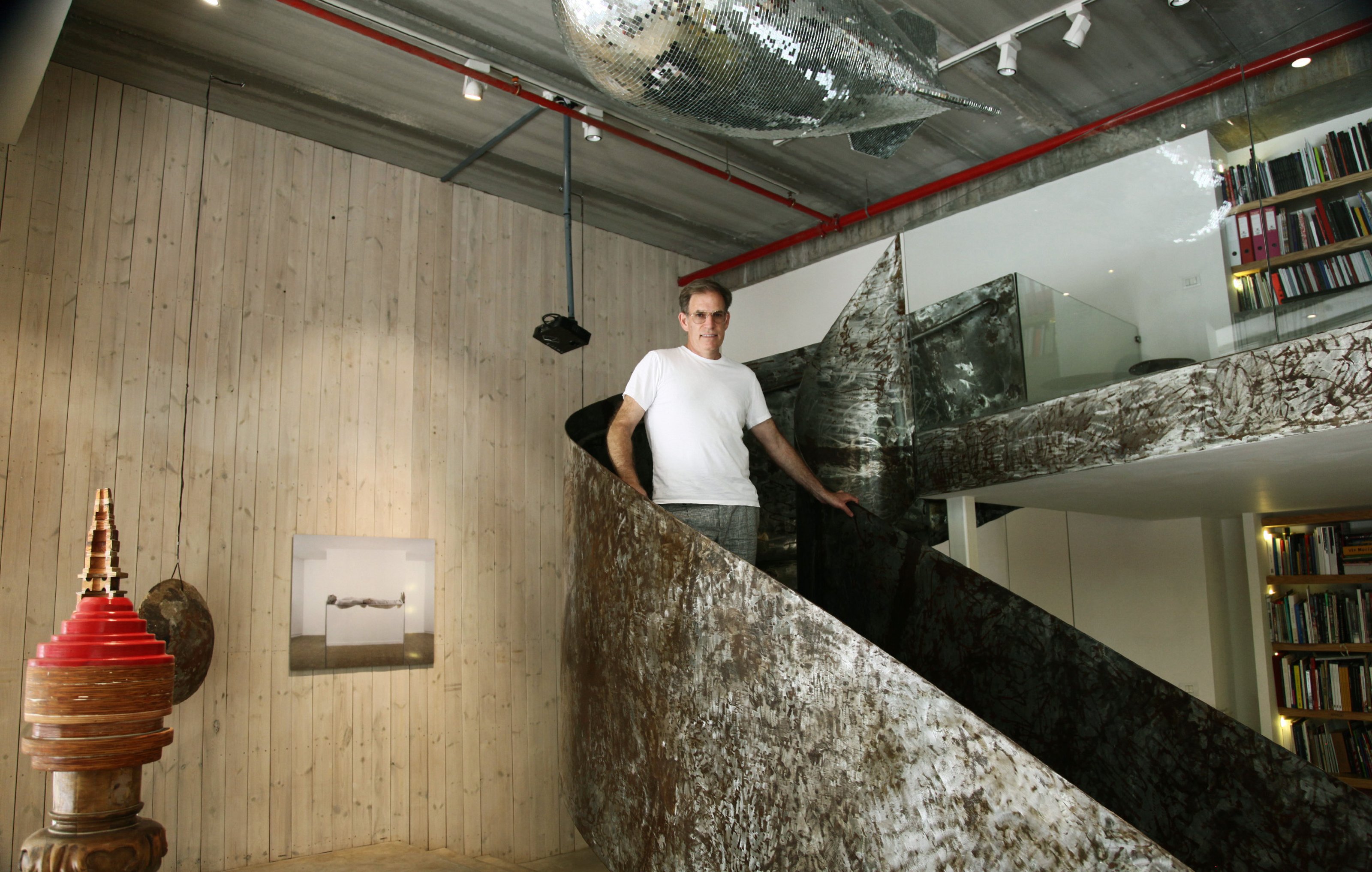
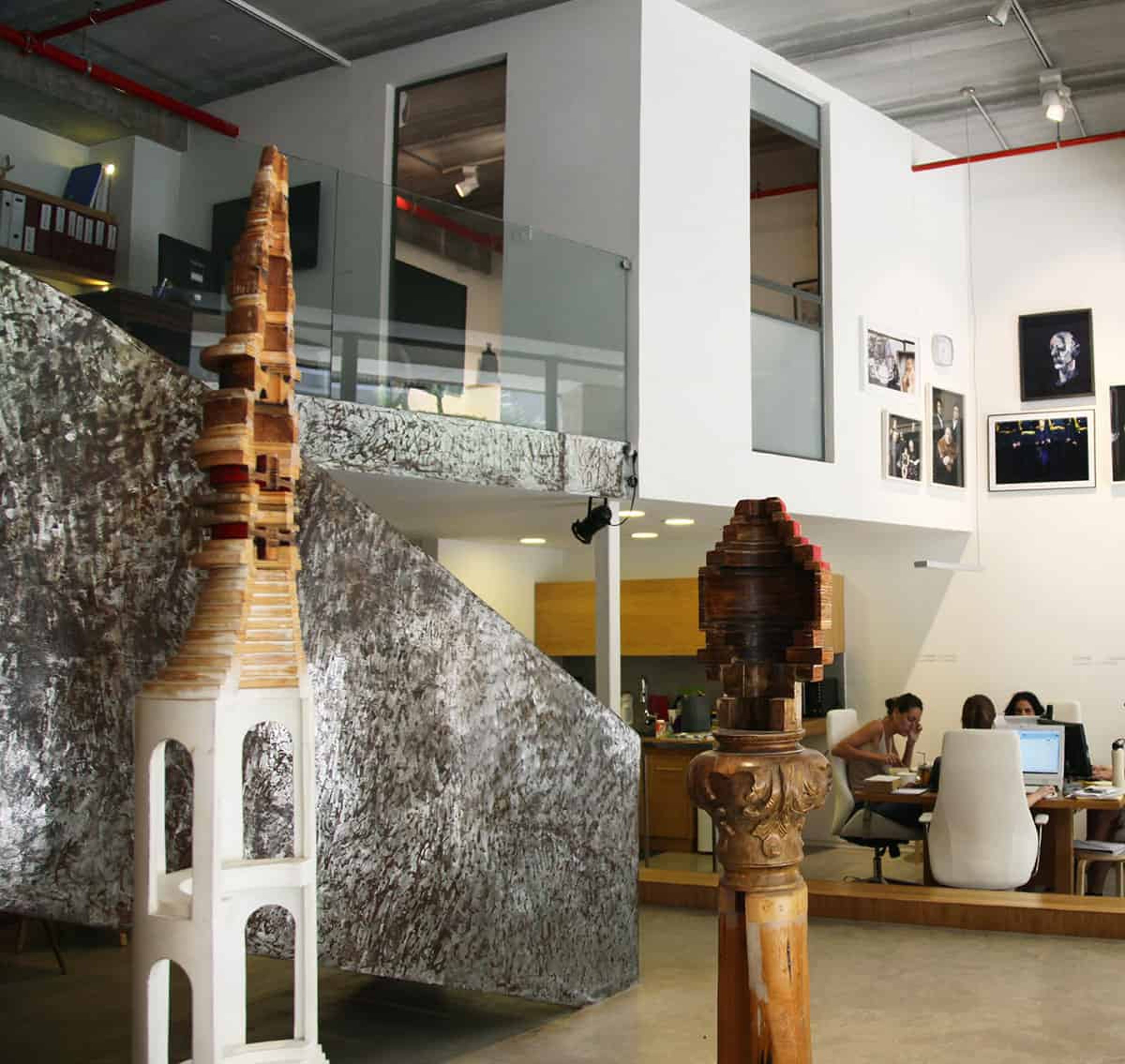
EO: How do you see the role of the gallery evolving over time? What about the roles of non-profit exhibition spaces and the up-and-coming artist representation agencies?
ST: There are many variations on the gallery model and the more successful owners are doing a great job at adapting to market forces and taking niche approaches when necessary. The artist agency model is certainly a growing need for artists because navigating the art world is becoming ever more complex. The successful non-profit spaces are really philanthropic enterprises supported by one major sponsor – with others pitching in occasionally – and usually have a specific agenda. These will continue to proliferate as more mega-wealthy individuals and families are entering the spaces, seeing art as a stepping stone to more recognition and as a lifestyle enhancer. Some of these could even be termed vanity projects.
EO: What are some things that are not working as well as they should be in the art world? What can be done to improve them in your opinion?
ST: In all my activities I try to be innovative and address art market “problems.” I founded START, Israel’s first art incubator, in 2008 to provide much-needed guidance and support to young artists and curators. I invested in and served as Board Chairman of the Artist Pension Trust from 2010 to 2011, a company that aims to solve the long-term wealth planning needs of emerging artists around the world. The company has grown a lot in the last decade, but the jury is still out as to if it actually manages to do that for participating artists. I started Art Vantage in 2011 and established the Tiroche DeLeon Collection as a new breed of “an art fund with a heart.” This is arguably the only art fund that delivers tangible value to the entire art ecosystem from artist to investor via the galleries, auction houses, institutions and the broad public.
My most recent venture comes to solve one of the biggest pain points of the entire art industry: logistics. I co-founded ArtRunners in 2015 and we are currently beta testing our shipping platform, which will bring huge technology benefits to customers and logistics service providers alike, bringing fluidity and efficiency to the art market.
I see other parts of the art world that could function better, but I don’t have a solution to propose, yet. Maybe [this is] something for the future?
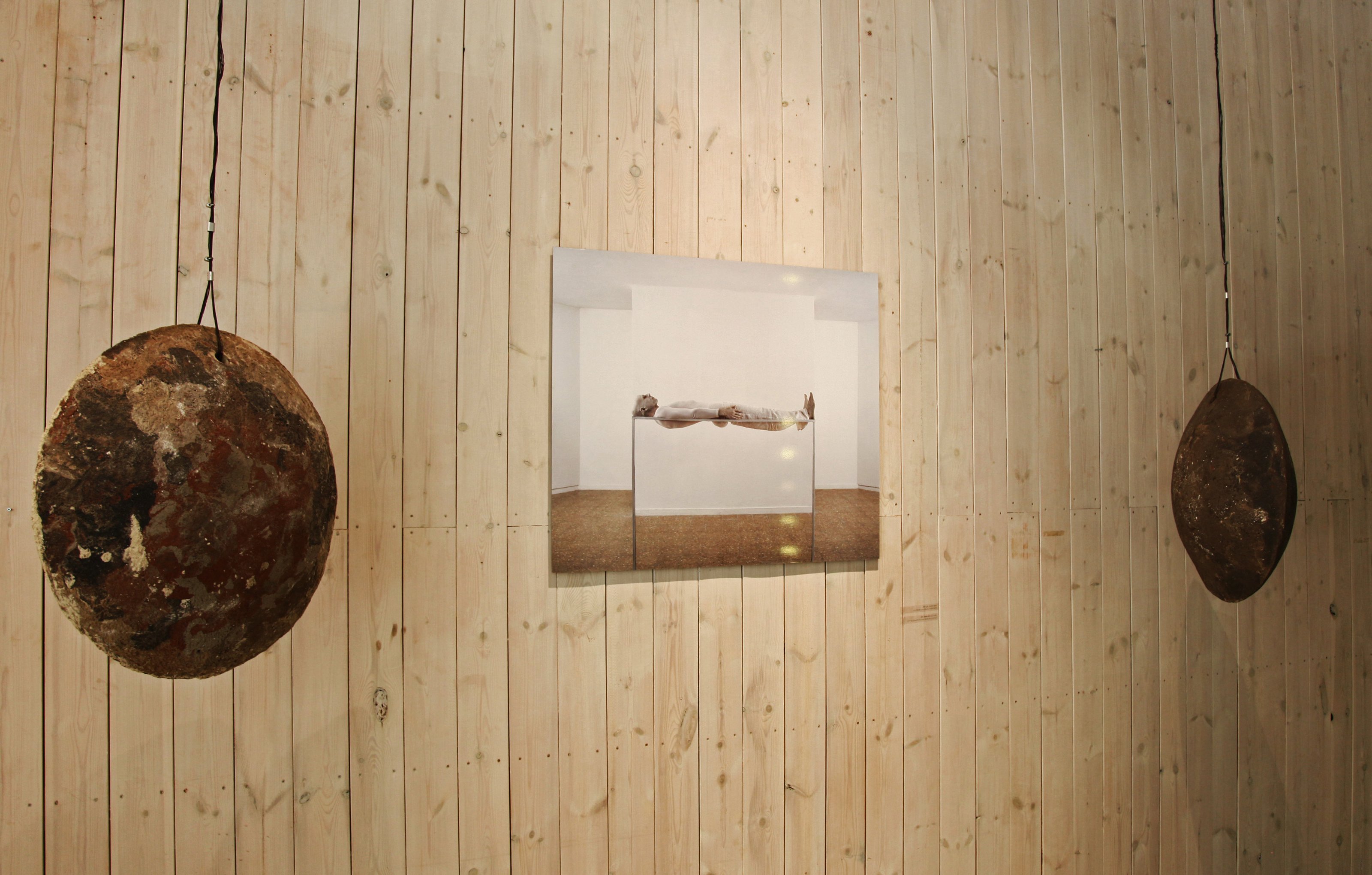
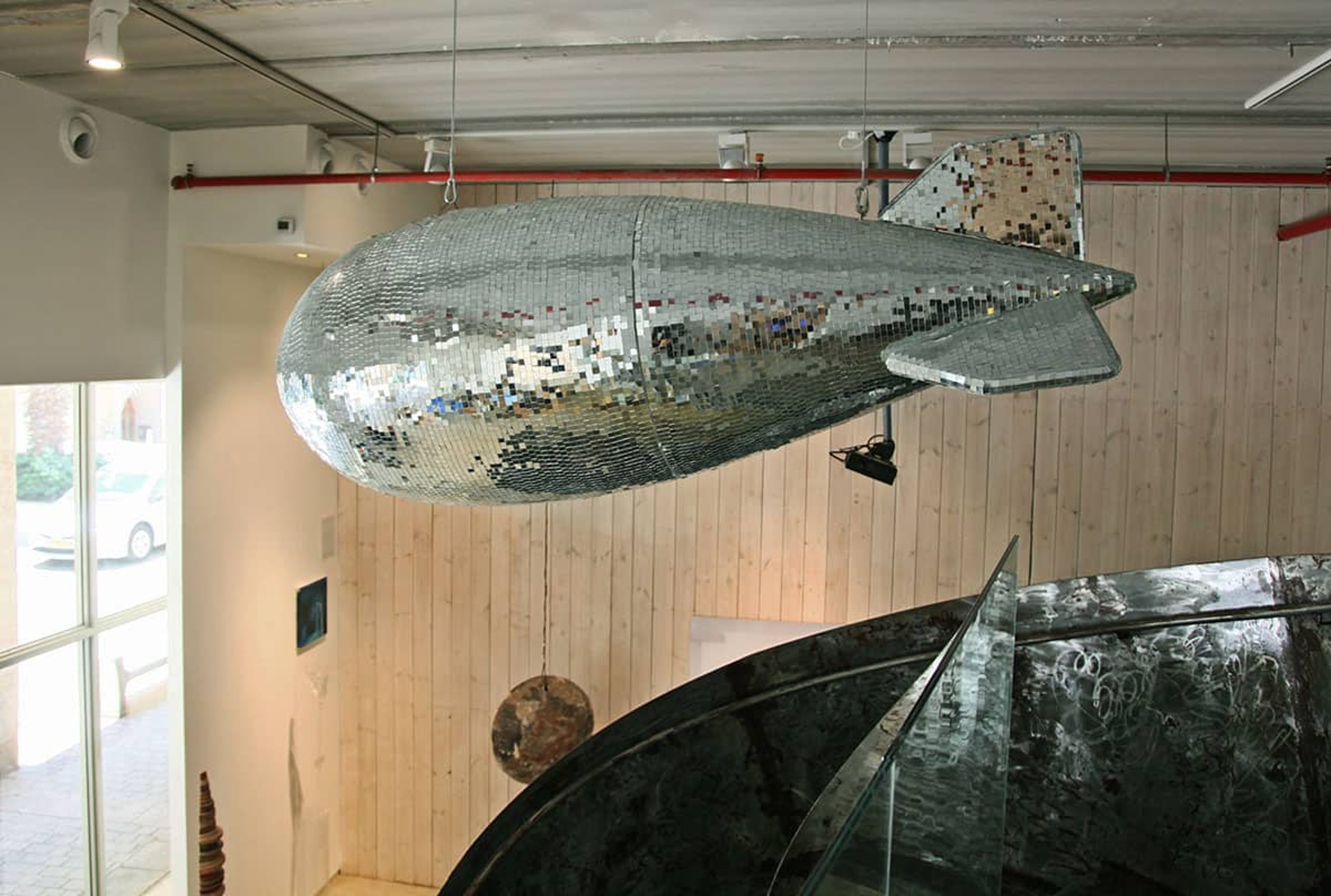
EO: What are some of the outdated practices by players in the art world? Any ideas on how to change them?
ST: I think the auction houses are at a difficult juncture when it comes to fine art, particularly contemporary. The model seems to be ceding too much power to sellers of prime artworks, whilst buyers are burdened with incredibly high premiums that just keep creeping higher. This is unsustainable in the long term, but I am not sure what the alternative is right now.
EO: How do you visualize the online art marketplace/auction house of the future?
ST: I think the trend is clear and I believe we will continue to see it evolve and take more market share. The use of newer technologies will enable this. The biggest barrier to growth is the visual and sentimental barrier of potential buyers who can only buy based on 2D images today. In the future, they will be able to walk into the Sotheby’s or Christie’s viewing rooms while sitting at their desk, then arrange to talk to a specialist online in a 3D, live conversation. This will greatly improve accessibility and allow the online to take over the physical.
EO: Describe the importance, if any, of cataloging your collection. What are the benefits?
ST: It is absolutely critical to make the collection accessible to the broader public, to artists and most importantly to curators. That is why we have a content team regularly updating our websites, which are live catalogs of our collections supported by plenty of proprietary content, regular newsletters and social media activity on Instagram and Facebook. I am a big believer in transparency and the sharing of knowledge.
EO: Let’s talk about your art fund. When the time comes to sell some of the works from the fund, how do you protect the market of the artist without damaging it?
We are always interested in supporting the market of artists we collect and artists we believe in. We occasionally bid at auctions for works by those artists. When it comes to selling, we weigh carefully which work to sell, when and why. There is generally a strategic reason behind disposals: the artist’s market has matured and we feel it is plateauing; we have many works and want to sell in order to reinvest in something else; sometimes we sell one work in order to buy another by the same artist; sometimes we feel a market is overheated and want to take advantage; or maybe there is an external event that makes the timing attractive, like a big museum show or heightened media [activity].
EO: How do you decide which works to sell?
ST: Depending on the reason for sale and the type of work and price range, we decide on the best avenue. Occasionally we can sell it back via the gallery from which we acquired it, but this is quite rare as they usually have their own inventory to sell. Other times, we might use private dealers or private sale via auction houses. Sometimes we go via a public auction when we feel confident that there is demand for the work and the scale and artwork type is suitable for a broad set of private collectors. With major installation works it is more difficult to use the auction avenue, although we have done that successfully when certain conditions are in place. We have also sold from the fund to our own investors.